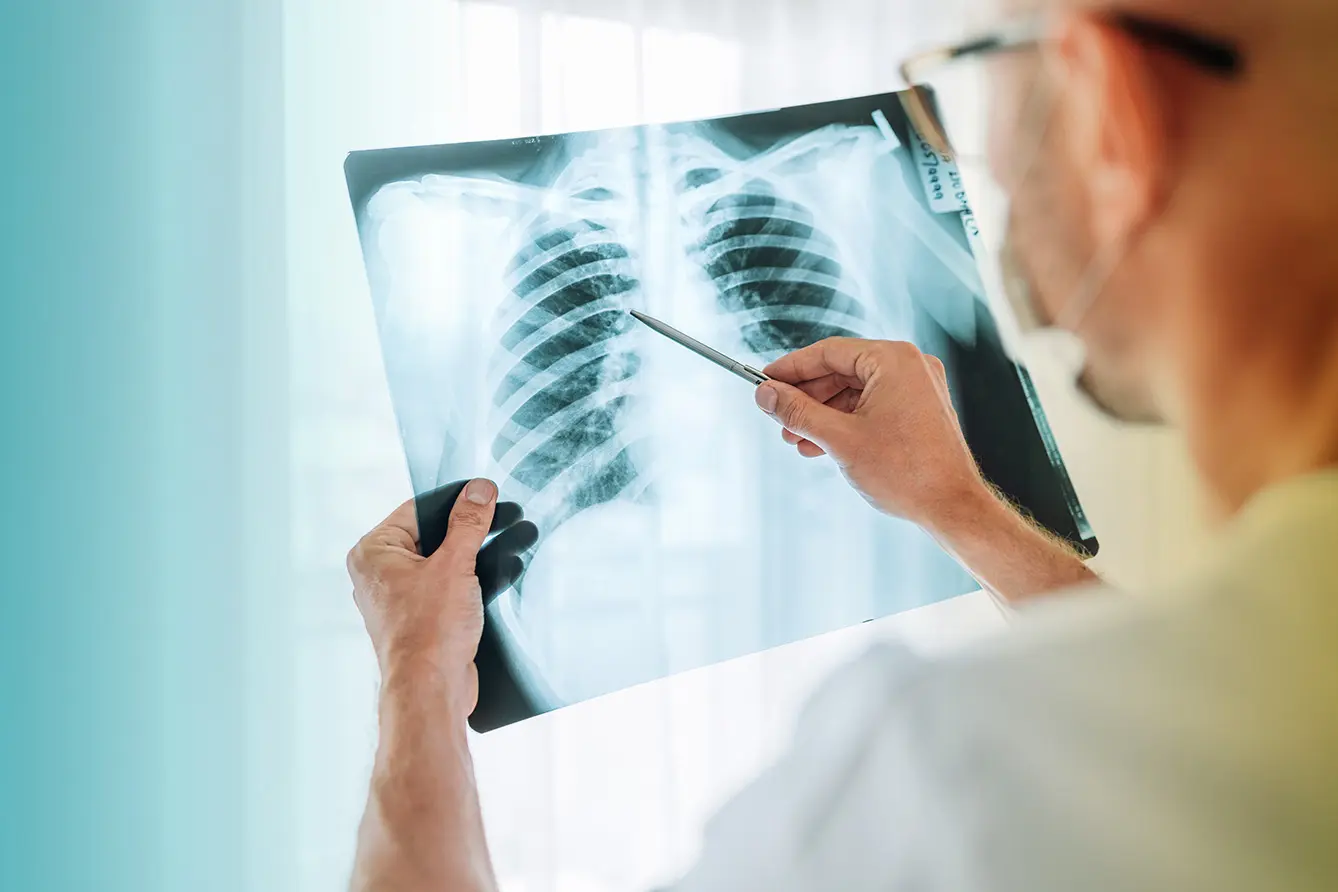Founded in 2017, Oxipit is run by a team of seven people who combine medical and technical expertise. They are supervised by two experts in medical technology. As is the case with many medical startups, the research started with interviewing doctors from various medical fields, said the co-founder and COO Jogundas Armaitis. The startup eventually decided to focus on radiographs to provide more detection accuracy for lung disease diagnosis.
Oxipit has since been collecting research data predominantly from tertiary-level hospitals where the correct evaluation of radiographic images remains a challenge. It took less than two years for its product to receive accreditation in Lithuania. At the same time as obtaining further accreditations, Oxipit has been successful in startup pitches and competitions.
For example, it won the EIT Health InnoStars competition, which was co-founded by the European Union and is seeking to encourage startup research and innovation. More recently, it was successful in seed funding rounds. Oxipit has a revenue of over 1.5 million euro, and its products are to expand to new actors on the market.
How does Oxipit work?
Oxipit offers two products – ChestEye and ChestLink. Both are similar in that they serve as an AI assistant to radiologists. Specifically, they take a second look at the vast number of images (around 50 on average) that the radiologist has to look at every day, as the startup video claims. The CXR images can be up to 6 months old for the software to be able to read them.
ChestEye not only detects tiny details, but its algorithm knows at least 75 different diseases, with the number steadily growing. Once additional indications of disease are identified in the lungs, the images are forwarded to a radiologist for further review. Where in use, ChestEye works in the form of an app and is used by specific radiologists who check the data before sending the report to the hospital.
It is very important to conduct the uncovering before treatment commences, stresses Oxipit in the video. ChestLink, which is certified in Australia, follows the same process. Rather than sending the data to a specified radiologist, it produces a new report if any new abnormality is spotted.
New opportunities and challenges
The pandemic provided Oxipit with new opportunities for further development and cooperation. Recently news came out that it conducted a pilot study on lung cancer detection in partnership with AstraZeneca as part of a wider Lung Ambition Alliance. It provided 50 thousand CXR images from Lithuania for the project. The experiment took place at the Šeškinė polyclinic, which had a positive experience with using ChestEye. ‘In a few clicks, CestEye Quality provides a valuable second opinion. This benefits the doctor and the patient,’ said Dr. Tamasauskiene for Med-Tech Innovation News.
The cooperation indicates that the products of Oxipit are becoming an integral part of clinical research and practice. Although the scope of permitted users is still limited, it will soon expand to include healthcare organizations in addition to specialized clinics, diagnostic centers, and tertiary hospitals, according to Oxipit.
While ChestEye and ChestLink were introduced in countries as far as Australia and the African continent, certifying AI medical devices in radiology remains challenging. This is to do with the rapidly increasing amount of software in radiology, which reveals new findings on the CXRs but leaves the screening and evaluation to the doctors. The AI software product of Oxipit seeks to fill this gap by autonomously scanning the CXRs and providing valuable information that radiologists may miss.
Future prospects for Oxipit
Oxipit may be the leader in AI radiology development in the Three Seas Initiative, but the trend goes beyond the region. For instance, an Israeli startup Aidoc has been applying AI to X-rays in radiology, the cardiovascular, and neuroscience medical fields. In western Europe, a French startup called Gleamer has developed an app that scans X-rays of bones. It is equally applicable to radiology and is already used in over 300 hospitals worldwide.
Nonetheless, the results of Oxipit products are very promising. According to Med-Tech Innovation News, ChestEye managed to detect as many as 190 missed findings from 50 thousand scans in two Lithuanian clinics where it is in use. Out of the 190 recognitions, 82 were pulmonary modules that could have easily evolved into cancer. Considering all the other clinics where the Oxipit products are in use or will be in the future, one can imagine the number of lives saved.







